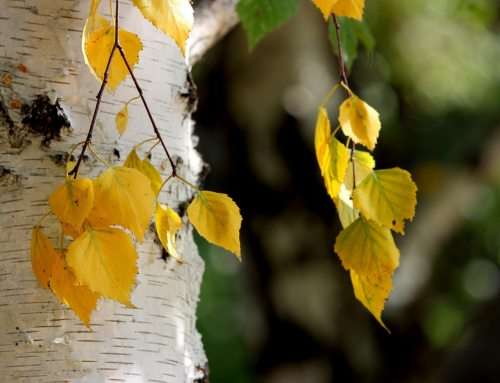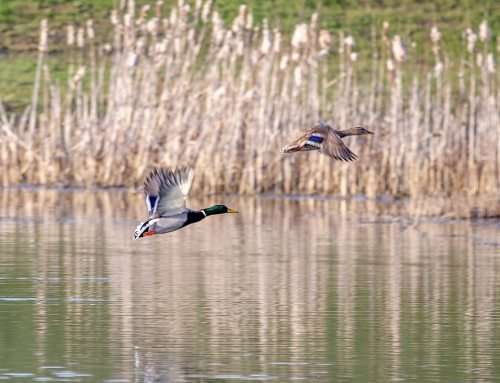An Autumnal Tree Collection
By Ella Geden-Davies
This year, we have curated a collection of ornamental trees within the nursery. With planting season soon approaching, browse the suggestions below to learn about their features and the ideal planting location to guarantee optimum health and longevity.
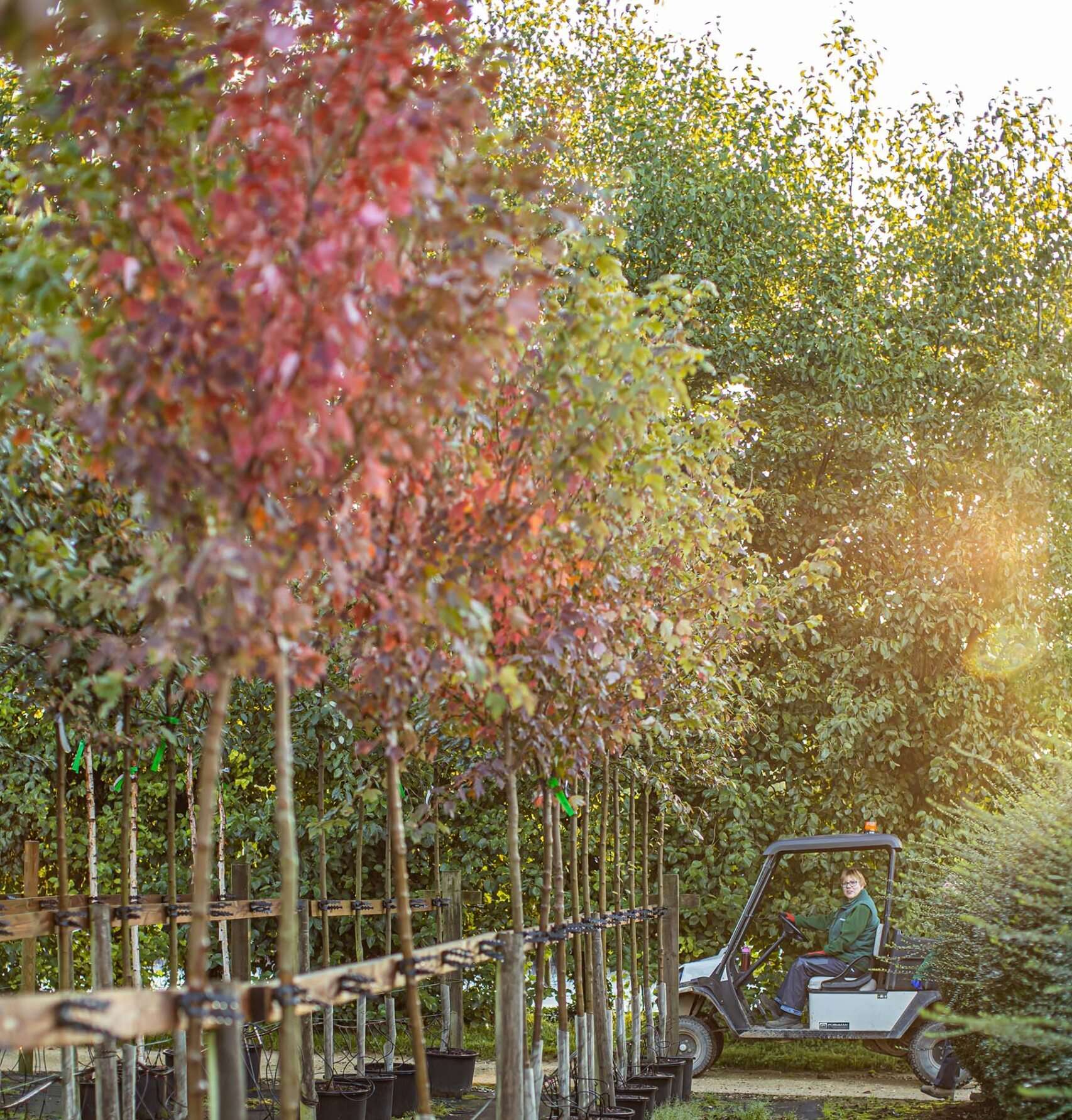
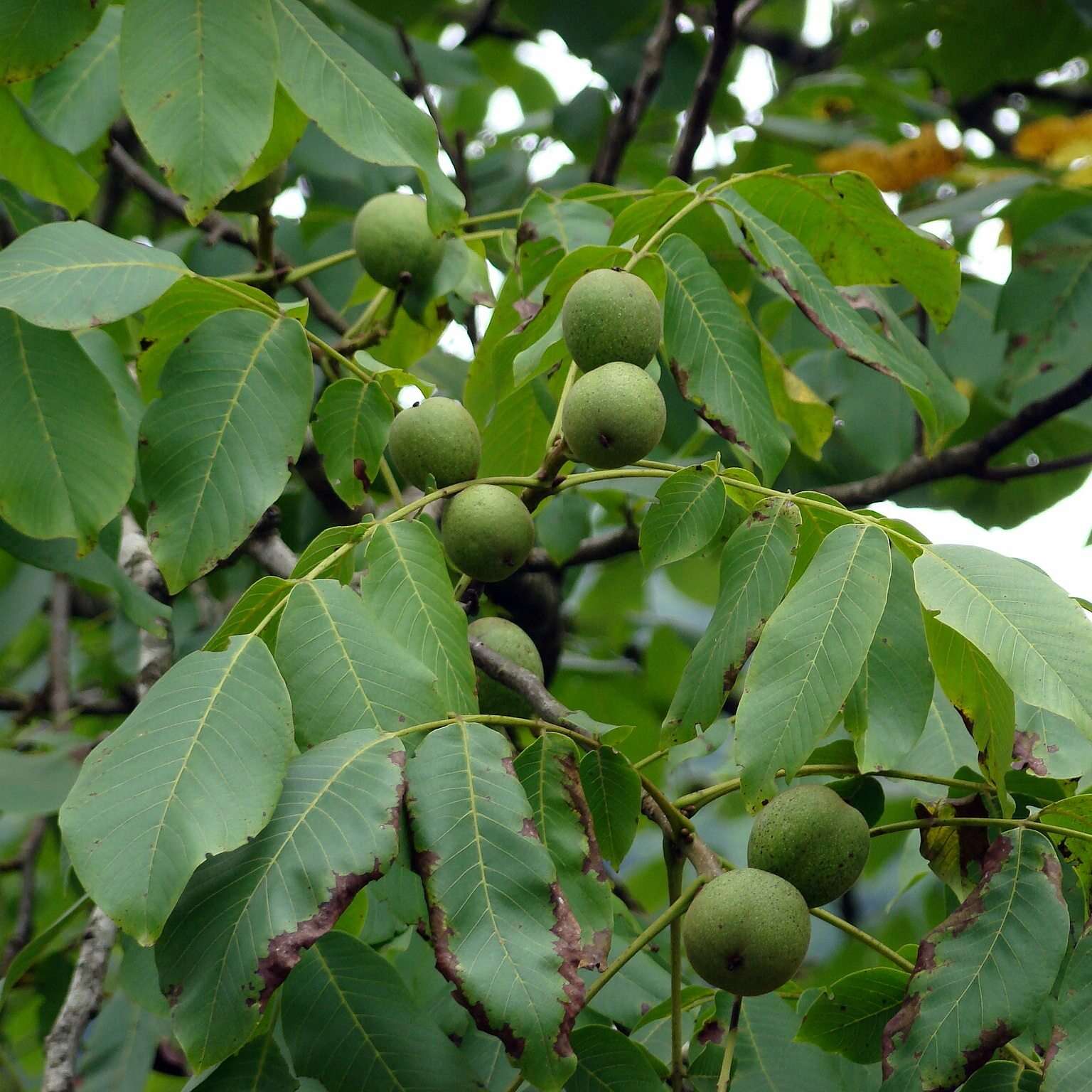
Juglans regia – Walnut
The humble walnut is a graceful and handsome tree with feather-like leaves in groups of 5-9. These trees can grow to quite a height – 35 meters fully mature. The walnut is a wind-pollinated tree bearing small clusters of drooping yellow–green catkins, which are followed by everyone’s favourite winter nut!
Although not native to the UK, the walnut has been planted across much of the region and is not naturalised in Britain. It prefers a well-drained and fertile soil – alkaline loam is ideal. Walnut trees are considered somewhat versatile. They are a great source of food and habitat for wildlife. They provide walnuts, which are a healthy and medicinal food source, and the wood can also be used for its strong and beautiful grain.
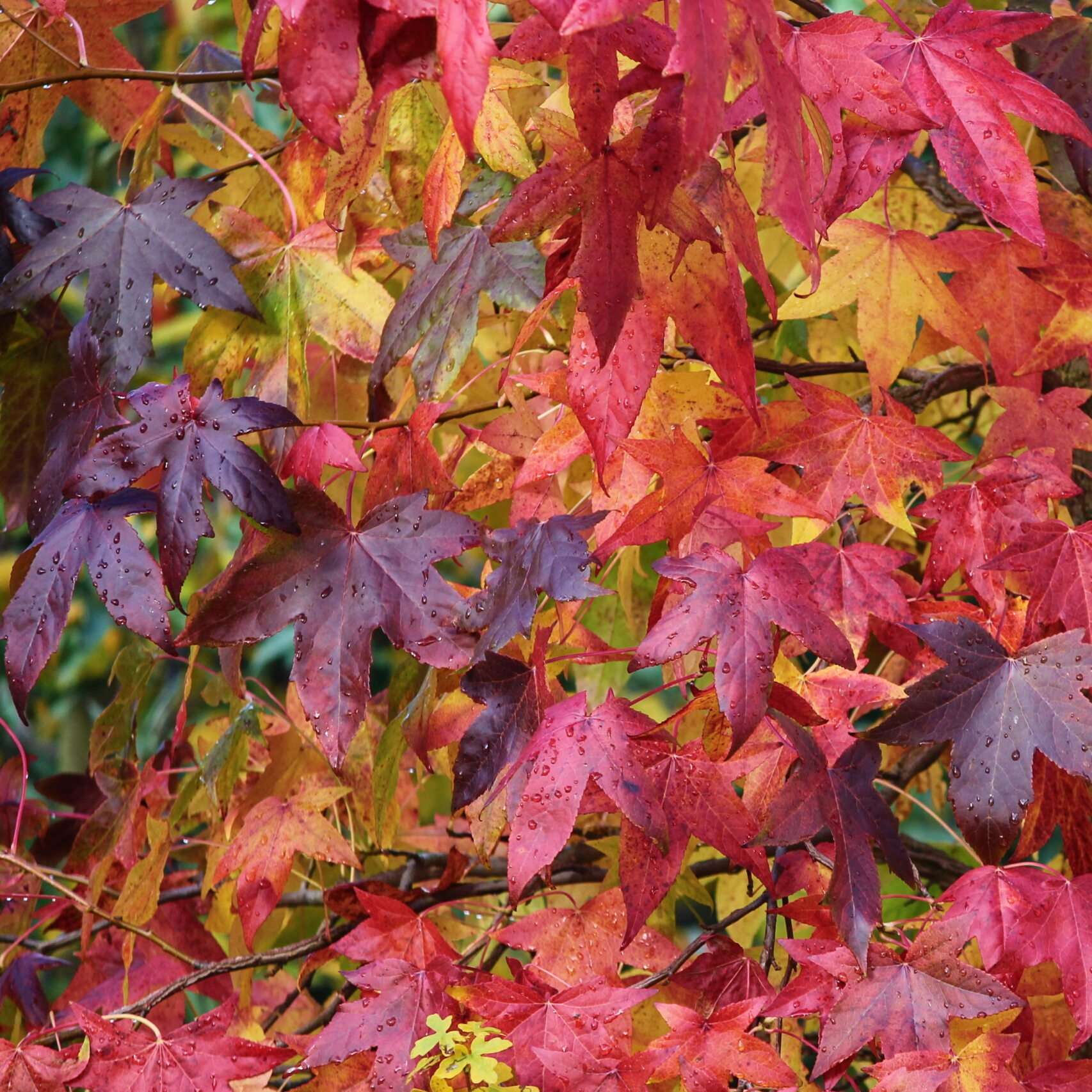
Liquidambar styraciflua ‘Worplesdon’ – Sweet Gum
My favourite tree! The sweet gum is a beautiful tree, commonly mistaken for an Acer due to its maple-like leaves and fantastic autumn leaf display – turning from a rich green to a lovely golden colour before a dramatic exhibition of deep orange and yellow. It is a medium-sized deciduous tree, bearing fabulous five-lobed leaves. They grow with a broad habit and can often take the shape of vast lollipops.
Sweet gums like a good amount of sun, but can tolerate partial shade and neutral–acid soil types. They prefer a moist to well-drained soil.
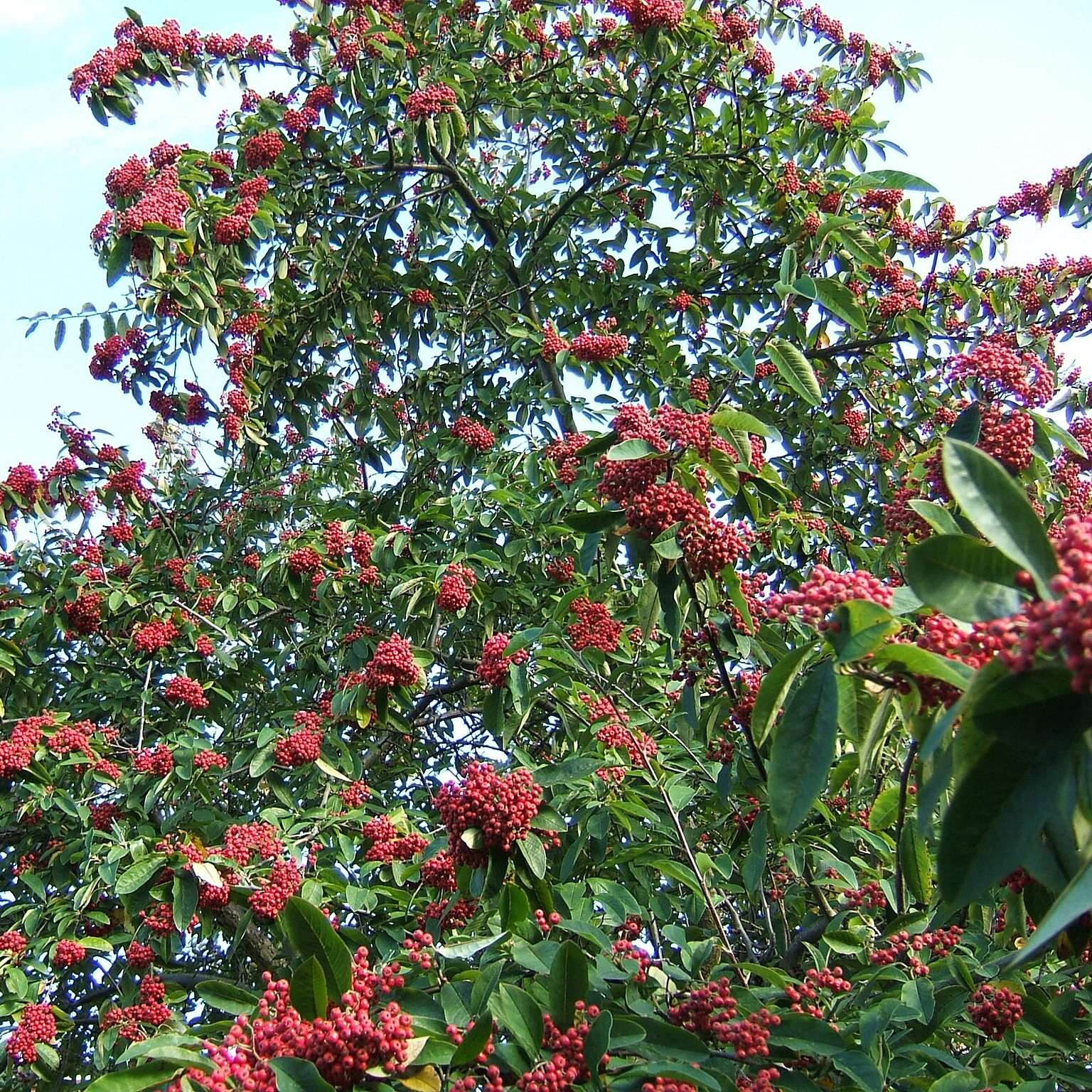
Cotoneaster frigidus ‘Cornubia’ – Cotoneaster
Cotoneaster can be referred to as a tree or a shrub depending on its growing habit as they can grow up to 6 metres tall and 4.5 metres wide. These trees are attractive to wildlife, support birds and promote pollinators which increases biodiversity. They bear clusters of white flowers, followed by bunches of small red berries (PLEASE NOTE: the berries are poisonous to dogs, cats, horses and humans).
Cotoneasters are semi-evergreen and only grow to around 3m x 3m. They prefer a spot in the sunshine and are tolerant to most soils as long as it’s well-draining.
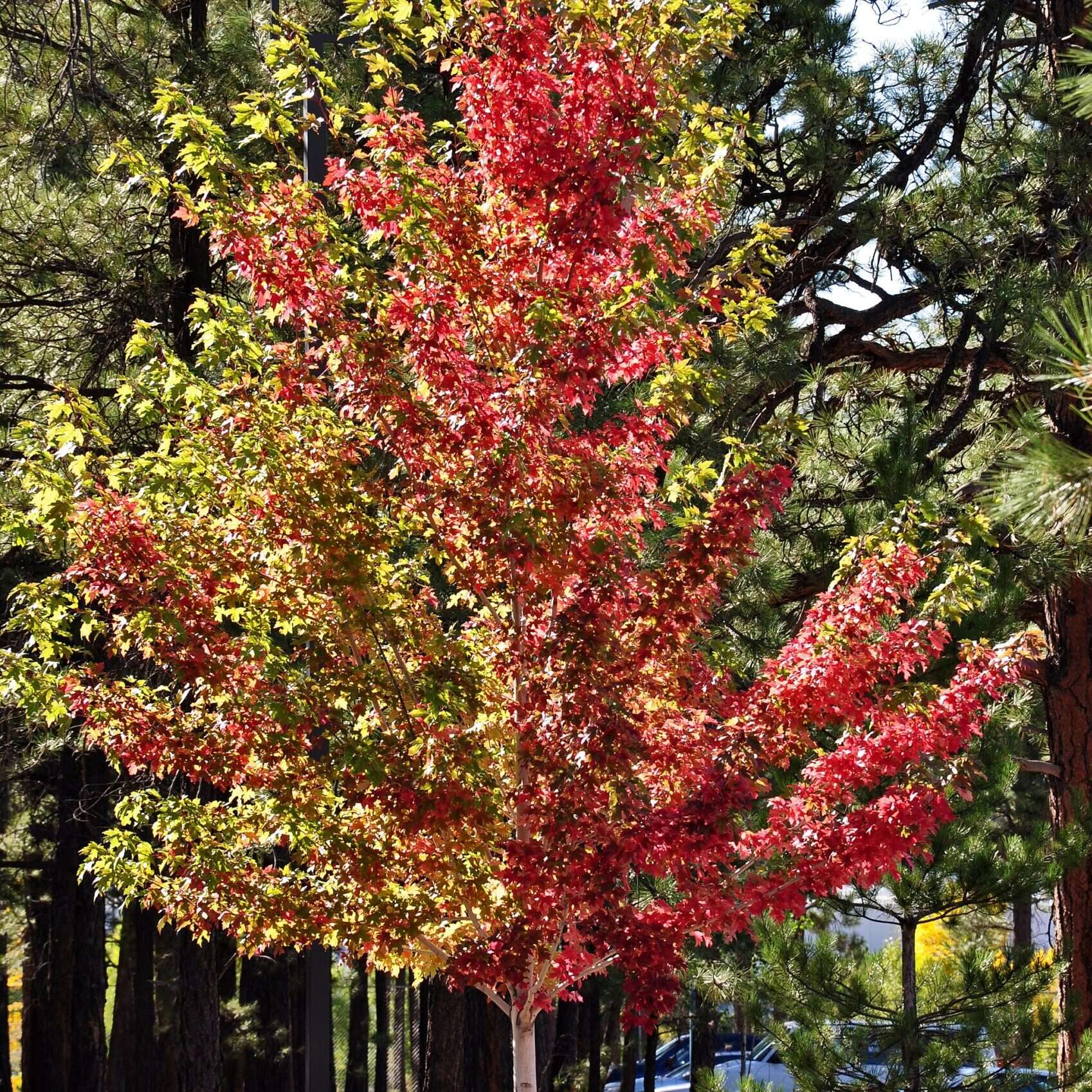
Acer freemanii ‘Celebration’ – Celebration Maple
These conical statues are an amazing hybrid of Acer saccharinum and Acer rubrum, producing a fast-growing, upright-shaped, uniform tree. It develops small, red flowers in spring and bears a terrific autumn coat of flame-like leaves.
Celebration acers can grow to 15 metres and are tolerant of most soil types. They are also more wind-resistant than most other Acers.
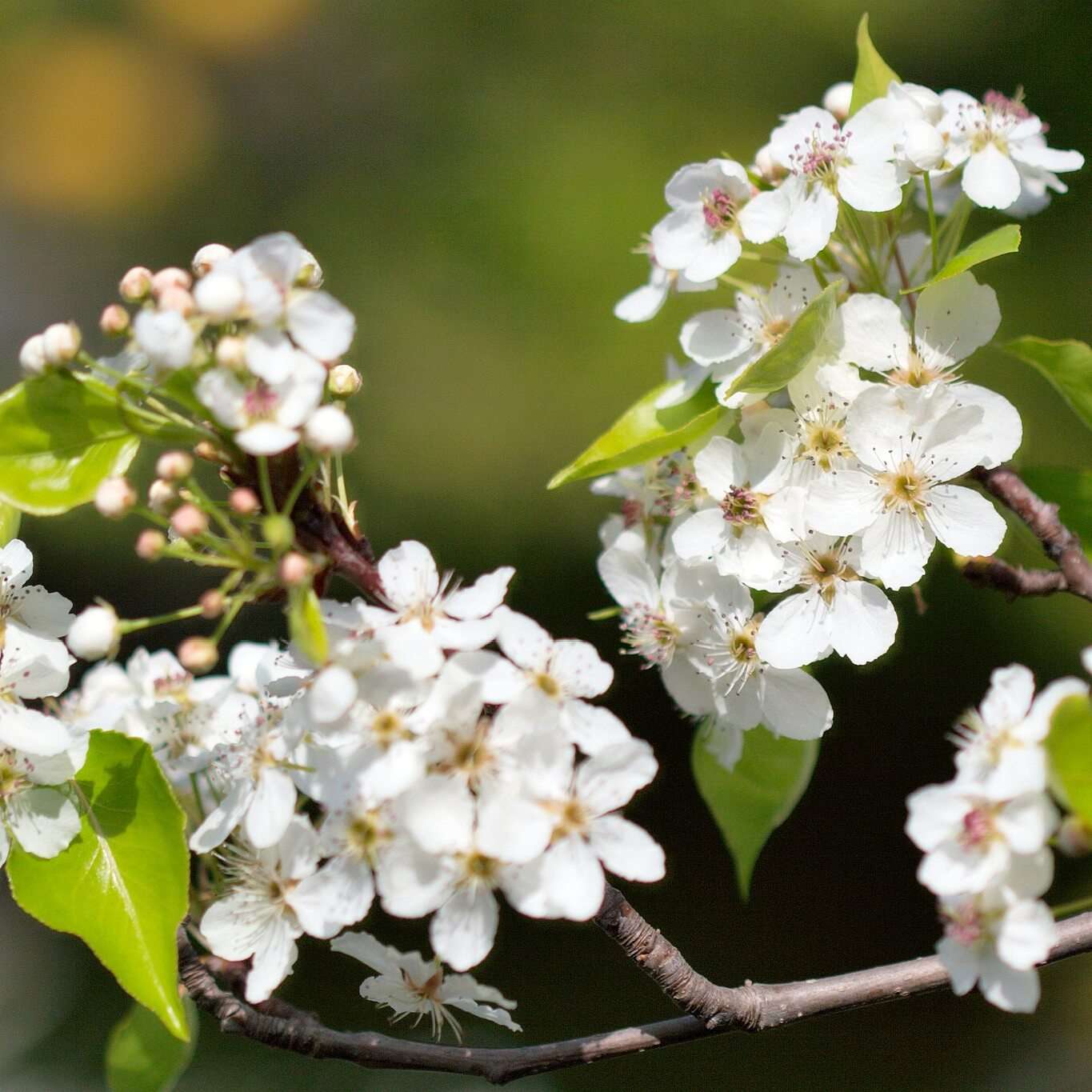
Pyrus calleryana ‘Chanticleer’ – Ornamental / Callery Pear
The ornamental pear is a very narrow, upright and attractive garden tree. They have glossy leaves that have a natural curve and stay late into the autumn. In early spring, they fashion bunches of small, white blossoms but, as they are an ornamental variety, they do not bear any fruits from these. The leaves turn purple-red in autumn before dropping.
These are highly versatile trees in terms of location. They are drought tolerant, suitable for most soils, very hardy and can be trained onto frames/screens. Also, this variety is honey fungus-resistant and can grow to 5 metres tall and 3 metres wide after 10 years.
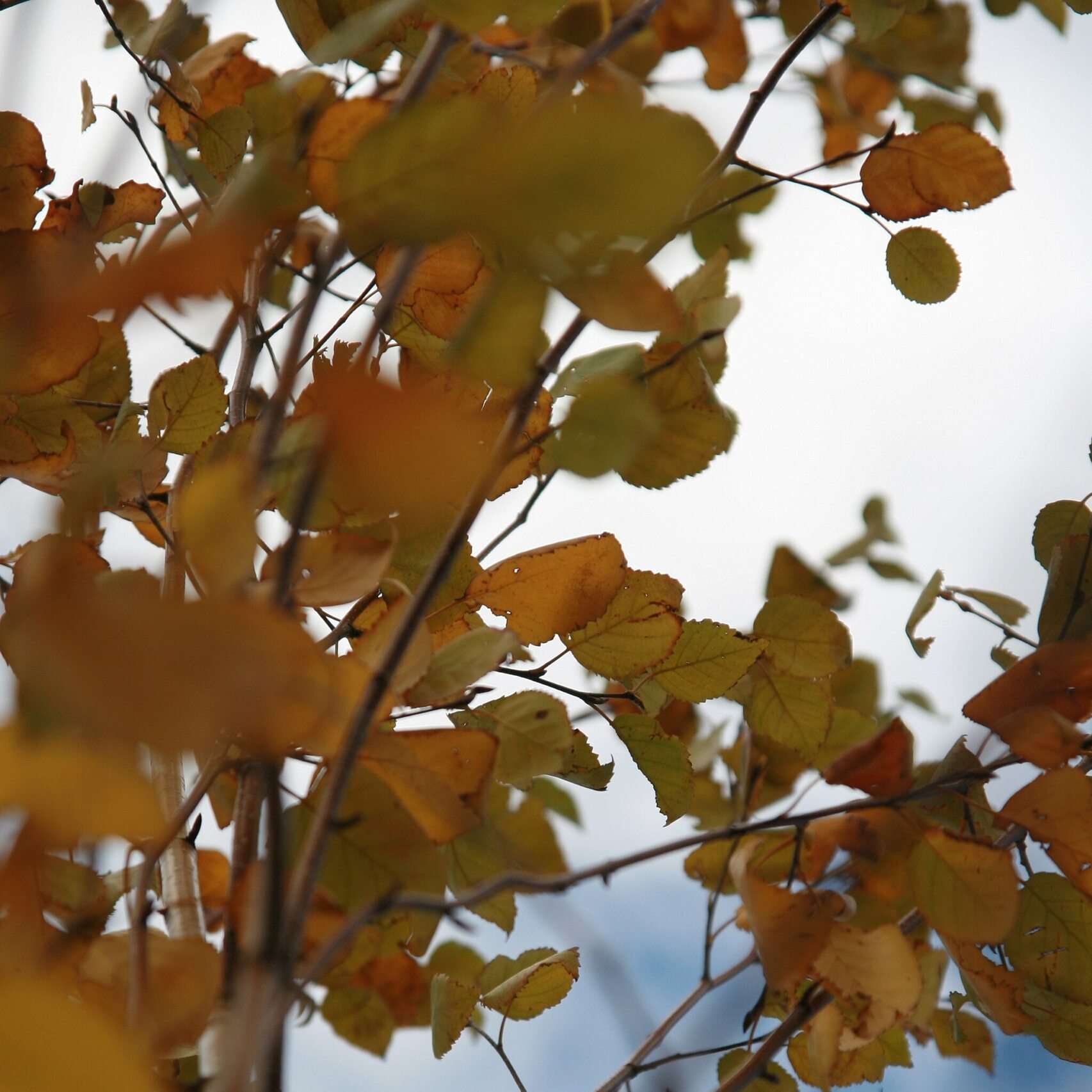
Betula utilis jacquemontii ‘Trinity College’ – Trinity College Birch
Undoubtedly my favourite of all the birches. It is a small birch and develops the iconic, white bark from an early age. Usually, it forms a graceful, champagne glass-shaped tree and September brings golden yellow leaves that they will hold late into autumn.
These trees will prefer slightly acidic soil. They can grow in chalky soils, although growth might be somewhat stunted. They like a sunny spot but will be tolerant of drought and wet soils.
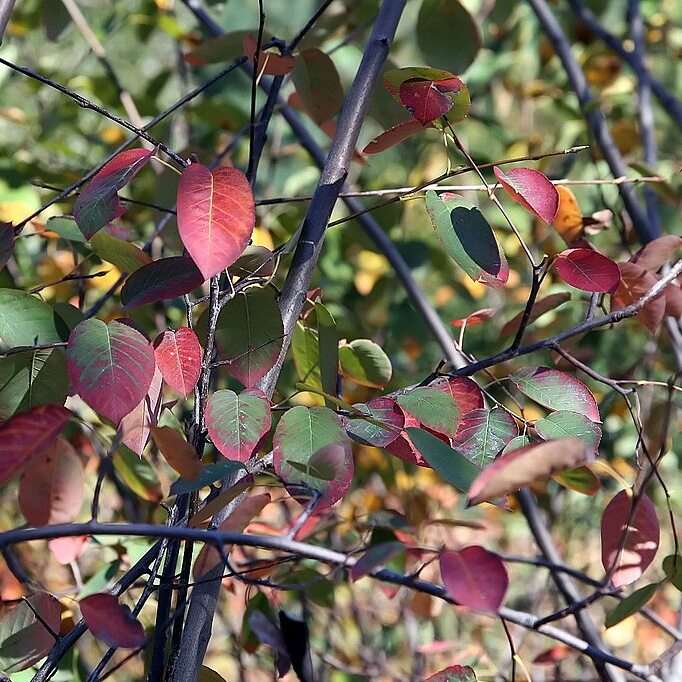
Amelanchier x grandiflora ‘Robin Hill’ – Juneberry
A fabulous small garden tree that bares pink flowers in April which fade to white through the summer. They have fabulous year-round interest; spring has pink blossom, summer has green foliage and white flowers, autumn has immense reddish-purple leaf colour and winter sees small red berries that attract birds.
This variety is more resistant to mildew than other varieties and will thrive in well-draining and moist soil. Amelanchier prefers full sun but can handle some shade.
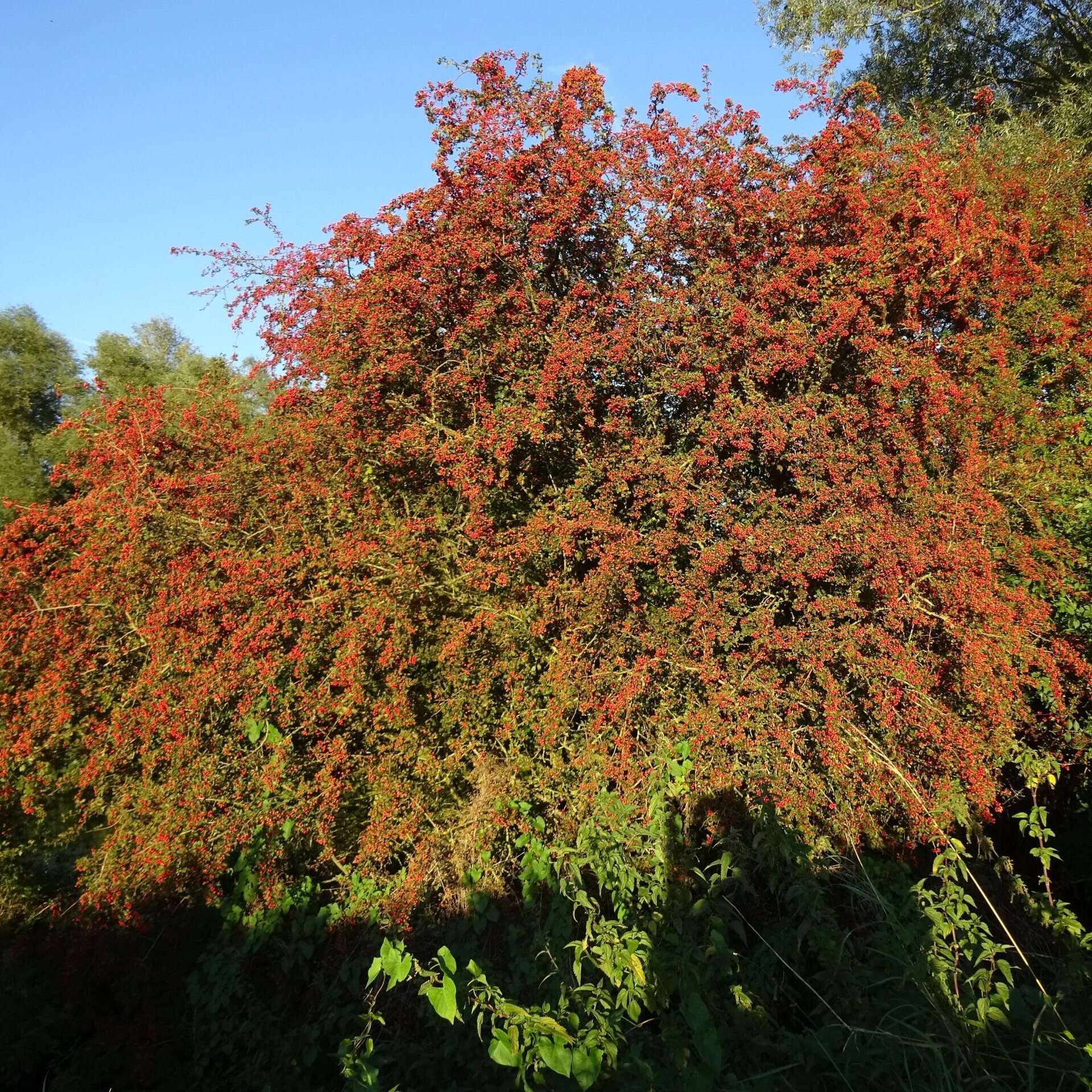
Crataegus laevi ‘Paul’s Scarlet’ – Midland Thorn
Paul’s Scarlet is a stunning thorn tree with showy double scarlet-pink flowers in spring – summer. These are small trees with a traditional rounded habit. They have the traditional, lobed, thorn leaves which turn yellow-bronze in autumn along with small red haws which support wildlife. The abundance of bright pink blooms is the real shining glory of early summer in any garden.
Crataegus trees are immensely hardy and will tolerate most conditions including coastal spots and urban areas. Expected height is around 5 metres tall and 4 metres wide.
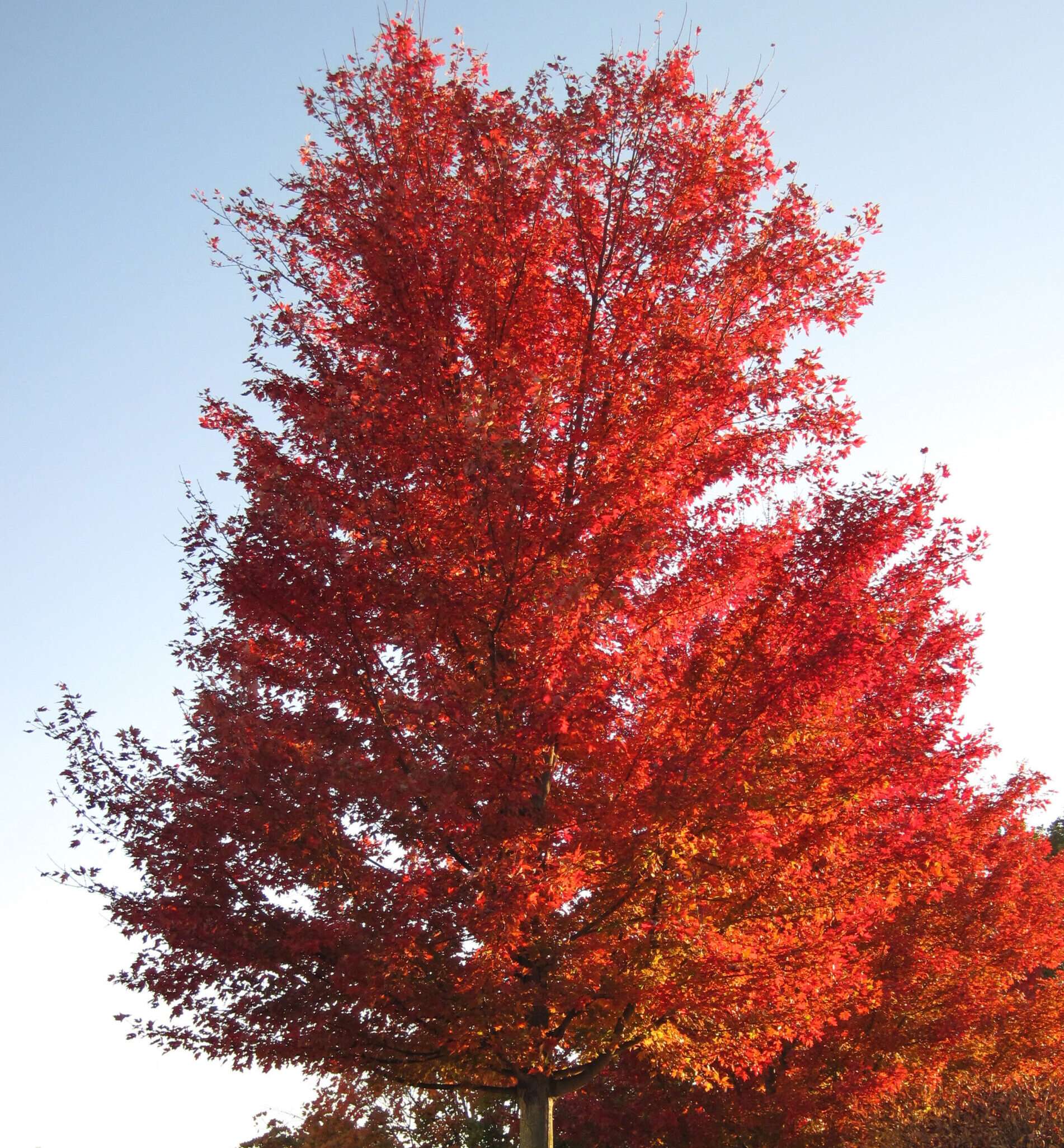
Acer rubrum ‘Sun Valley’ – Red Maple
The ‘Sun Valley’ is a vigorous maple with the most fantastic and long-lasting autumn leaf display with bright, bold and warm shades of orange and pink through autumn. They are very popular due to their symmetrical, ovate crown and make excellent avenue trees/
These trees are fast growing and can achieve a full height of 10 metres and width of 5 metres. They will happily grow in a wide range of well-drained soils. If planted in a sheltered position, their leaf display will be even more impressive!
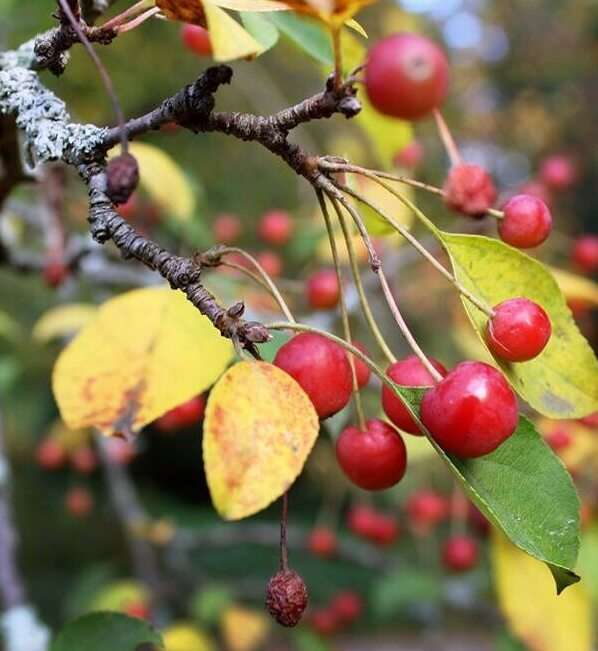
Malus ‘Evereste’ – Crab Apple
This tree could be mistaken for snow in April / May as it has such a wealth of white blossom! A small tree, perfect for any garden, and acts very well as a pollinator for other apples and fruit trees alike. Autumn brings small red crab apples which hold into deep winter.
Malus like a fertile, loamy soil that can retain moisture and allow for a deep rooting system. They like a full – partial shade spot and only require maintenance pruning in winter where necessary.
Should you have any questions or wish to enquire about the availability of any of these trees, please email us at plantsales@nicholsonsgb.com, call us on 01869 340342 (option 1 for plants) or visit the nursery where a member of the team would be happy to guide you.




